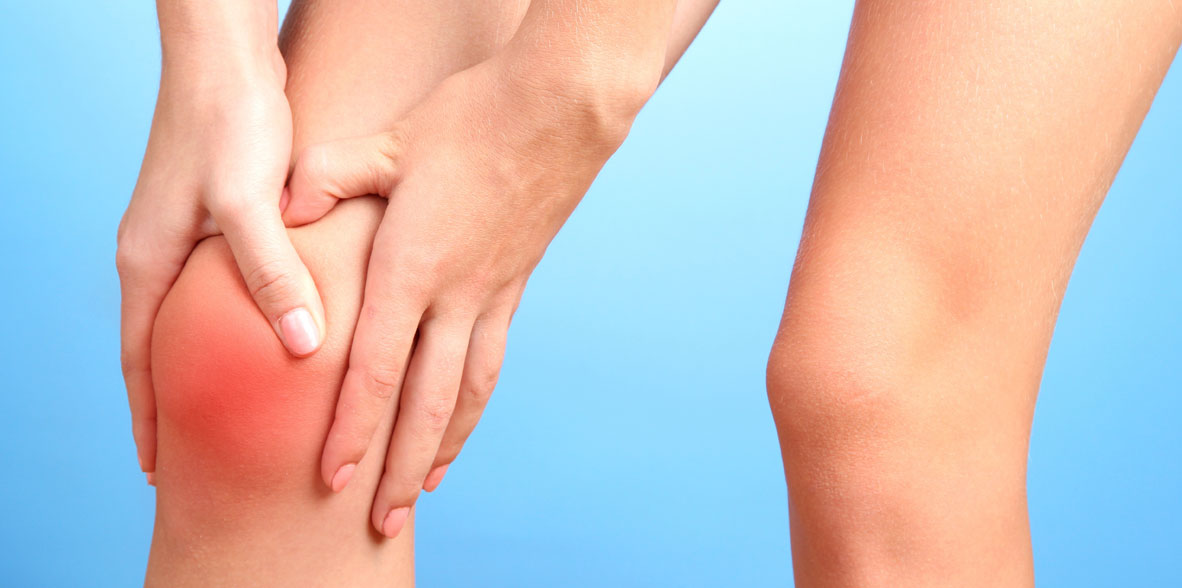

 Centro Médico Teknonen/health-centers/centro-medico-teknon
Centro Médico Teknonen/health-centers/centro-medico-teknon- Centro Médico Teknonen/health-centers/centro-medico-teknonHospital Universitari General de Catalunyaen/health-centers/hospital-universitari-general-catalunya
 Centro Médico Teknonen/health-centers/centro-medico-teknonHospital Universitari Sagrat Coren/health-centers/hospital-universitari-sagrat-cor
Centro Médico Teknonen/health-centers/centro-medico-teknonHospital Universitari Sagrat Coren/health-centers/hospital-universitari-sagrat-cor
Lumbar spinal stenosis is a medical condition characterized by the narrowing of the spinal canal in the lumbar region of the spine. This narrowing can lead to compression of the spinal cord and nerve roots, resulting in various symptoms.
Presentation Symptoms:
Neurogenic Claudication: This is a hallmark symptom of lumbar stenosis. Patients typically experience pain, cramping, or weakness in the lower back, buttocks, and legs. The discomfort often worsens with walking or prolonged standing and is relieved with sitting or bending forward.
Radicular Pain: Lumbar stenosis can cause radiating pain along the path of the affected nerves. Patients may experience pain, tingling, or numbness that can extend into the thighs, calves, and feet.
Sensory Changes: Some individuals may notice sensory changes in the legs, such as a "pins and needles" sensation or a feeling of heaviness.
Muscle Weakness: Stenosis can lead to muscle weakness in the lower extremities, potentially causing difficulty with walking and balance.
Loss of Bladder or Bowel Control: Although rare, severe lumbar stenosis can compress the cauda equina, a bundle of spinal nerves in the lower back, resulting in loss of bladder or bowel control. This is a medical emergency and requires immediate attention.
Diagnosis:
Clinical Evaluation: A thorough medical history and physical examination are essential for diagnosing lumbar stenosis. The healthcare provider will assess symptoms, risk factors, and neurological function. Imaging Studies: X-rays: X-rays can reveal structural changes in the spine, such as bone spurs and narrowing of the spinal canal.
Magnetic Resonance Imaging (MRI): MRI is a highly effective imaging technique for visualizing soft tissues, nerves, and the spinal canal. It can identify the degree of stenosis and any nerve compression.
Computed Tomography (CT) Scan: CT scans may be used to provide detailed cross-sectional images of the spine and bony structures.
Electrodiagnostic Tests:
Electromyography (EMG): EMG measures muscle activity and can help determine if there is nerve damage or compression. Nerve Conduction Studies: These tests assess the speed of electrical impulses through nerves, helping to identify areas of dysfunction.
Treatment:
Conservative Management
Physical Therapy: Physical therapy can help improve strength, flexibility, and posture, relieving symptoms and enhancing mobility. Medications: Nonsteroidal anti-inflammatory drugs (NSAIDs), muscle relaxants, and neuropathic pain medications may be prescribed to manage pain and inflammation.
Epidural Steroid Injections: These injections deliver anti-inflammatory steroids directly into the spinal area to reduce inflammation and alleviate symptoms.
Surgical Interventions:
Laminectomy: This surgical procedure involves the removal of bone and tissue to create more space in the spinal canal, relieving pressure on the nerves.
Laminotomy: Similar to laminectomy, but a smaller portion of bone is removed.
Spinal Fusion: Spinal fusion may be performed in conjunction with decompressive surgery to stabilize the spine and prevent further issues.
Minimally Invasive Surgery: In select cases, minimally invasive techniques, such as microdiscectomy or endoscopic decompression, may be used to minimize tissue damage and shorten recovery time.



































